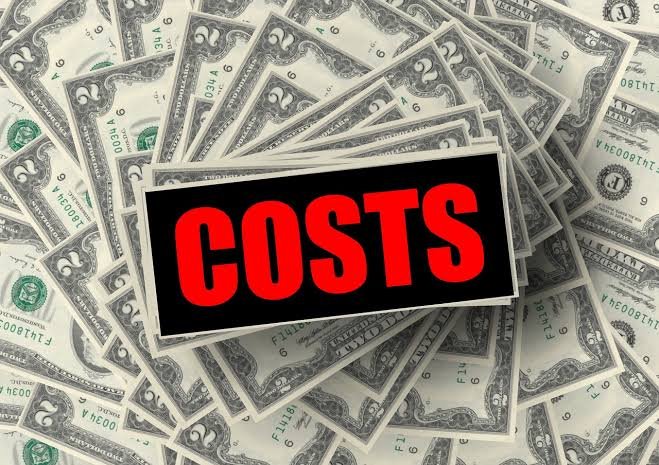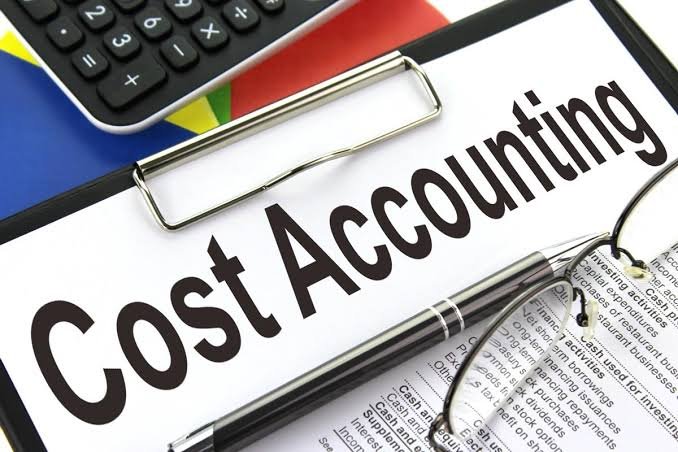The following costs are relevant costs that are usually used in making decisions by management.

1. Relevant and. Unrelevant costs – Relevant costs are those costs which keep changing according to managerial decisions while unauthorized costs remain unapported by managerial decisions. The irrelevant cost of the old machinery in the replacement decision of management is an irrelevant cost as such costs are ignored in managerial decision making.
2.Compliant cost- the charged cost is the cost or price set to use any resource or service that does not include cash outlay. The charged costs are fantasy costs and are not recorded in the account book. Example of charged costs are interest on equity of owners, rental of the firm-owned campus, real interest on discounted loans given by financial institutions, loss of asset value due to inflation, etc.
Concepts of the accused cost and opportunity cost can sometimes be interrupted. For example, when we place the rental of a floor space that’s being used to build a certain product, the cost imposed is actually the opportunity cost. However, in some other cases, there’s the difference between these two words. The charged cost is a narrow concept as it typically limited to internal events and related costs more than the price-to-price measured in terms of left profits. Interest on the owner’s capital is an example of this. The interest imposed will probably be much less than the profits below the alternative investment.
3. Occasion cost: An opportunity cost is the sacrifice of a lodged opportunity. When one way of action is chosen than the other, the potential profit lost from the rejected option is the opportunity cost of the option accepted. This is a theoretical concept…the opportunity doesn’t cost…likely, accountants don’t measure it in their records. Nevertheless, it’s very useful in some decision situations. In making decisions, the manager should consider not only the cost and benefits of the proposed option, but also the benefits that make a decision. In itself, a particular way of action can be beneficial for a firm. But the company can possibly get more (or less) profits by dedicating resources to alternative proceedings. The underlying argument of opportunity cost is that management should evaluate all possible opportunities and use their resources for the best-profitable-available opportunity. Example of opportunity cost One machine can build product A or B at a time. If the firm decided to manufacture the product B, the opportunity to produce product B is a loss of revenue from product A.
Similarly, you have Rs; 5000 that you either put in a 12% 3-year term deposit in the bank, or borrow your friend at 10% interest. If you lend to your friend, your work opportunity costs are a loss of interest by fixed deposit.
